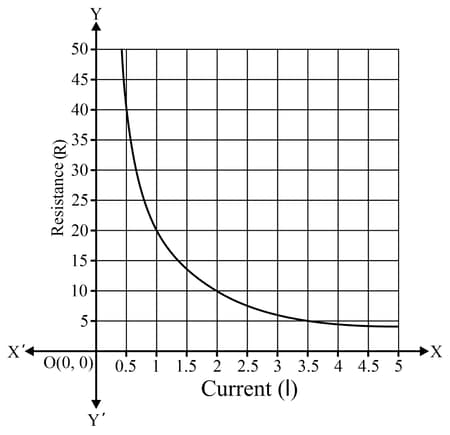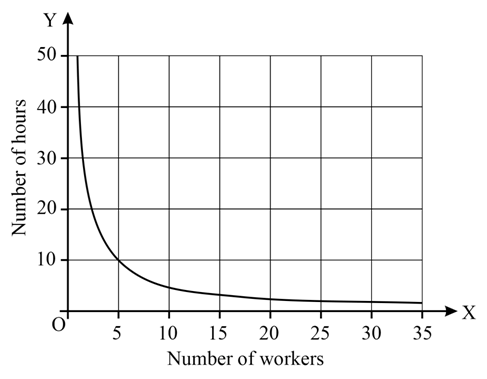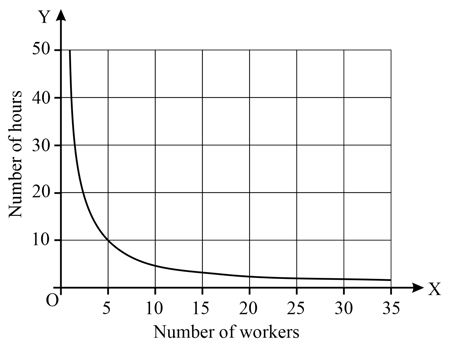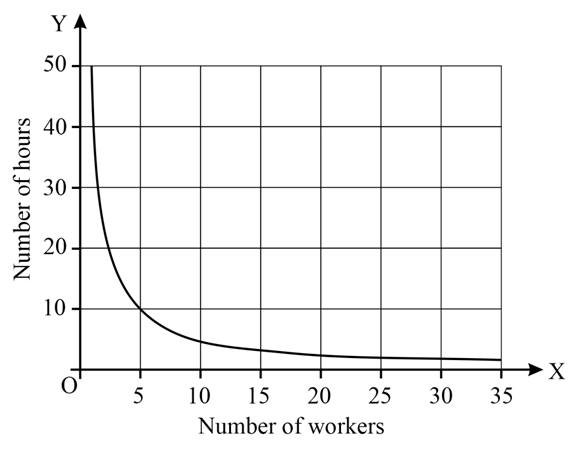Rose Harrison, Clara Huizink, Aidan Sproat Clements and, Marlene Torres Skoumal Solutions for Exercise 11: Practice 1
Rose Harrison Mathematics Solutions for Exercise - Rose Harrison, Clara Huizink, Aidan Sproat Clements and, Marlene Torres Skoumal Solutions for Exercise 11: Practice 1
Attempt the free practice questions from Exercise 11: Practice 1 with hints and solutions to strengthen your understanding. Extended MYP Mathematics A Concept based approach Years 4 & 5 solutions are prepared by Experienced Embibe Experts.
Questions from Rose Harrison, Clara Huizink, Aidan Sproat Clements and, Marlene Torres Skoumal Solutions for Exercise 11: Practice 1 with Hints & Solutions
Below is the graph of the resistance in an electric circuit versus the current flowing through it for a constant voltage.

Write down the function relating current and resistance .
The graph models the number of hours it takes for aid workers to build a shelter for refugees.

From this graph, determine the rational function and hence explain how long it would take:
person to build the shelter.
The graph models the number of hours it takes for aid workers to build a shelter for refugees.

From this graph, determine the rational function and hence explain how long it would take:
people to build the shelter.
The graph models the number of hours it takes for aid workers to build a shelter for refugees.

From this graph, determine the rational function and hence explain how long it would take:
people to build the shelter.
Newton's second law of motion, , states the relationship between force, mass, and acceleration. Describe the proportional relationship between:
force and acceleration
Newton's second law of motion, , states the relationship between force, mass, and acceleration. Describe the proportional relationship between:
acceleration and mass
Newton's second law of motion, , states the relationship between force, mass, and acceleration. Describe the proportional relationship between: force and acceleration. Hence sketch graphs of: force versus acceleration for a fixed mass
Newton's second law of motion, , states the relationship between force, mass, and acceleration. Describe the proportional relationship between: acceleration and mass. Hence sketch graphs of: acceleration versus mass for a fixed force.
